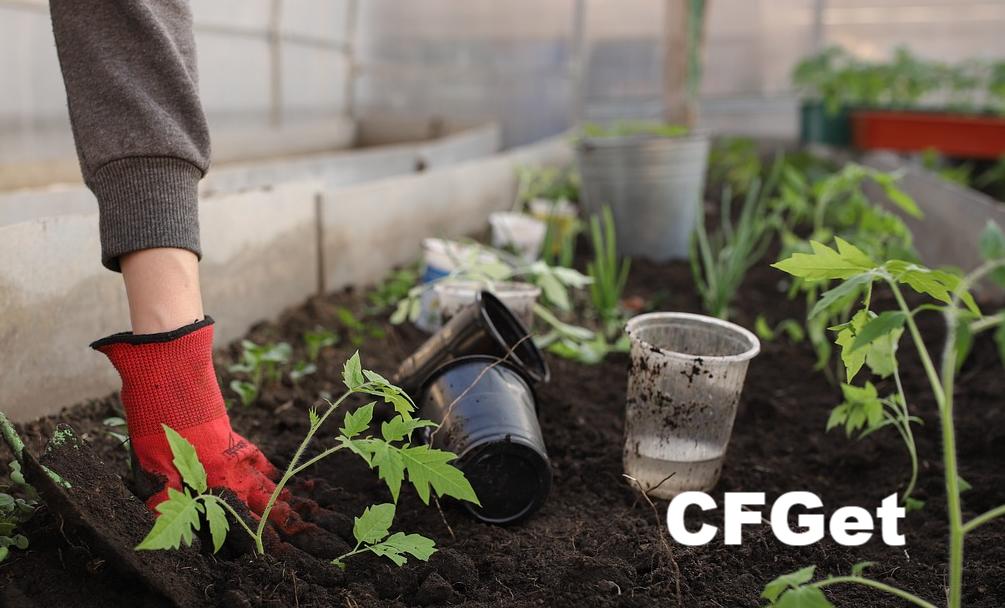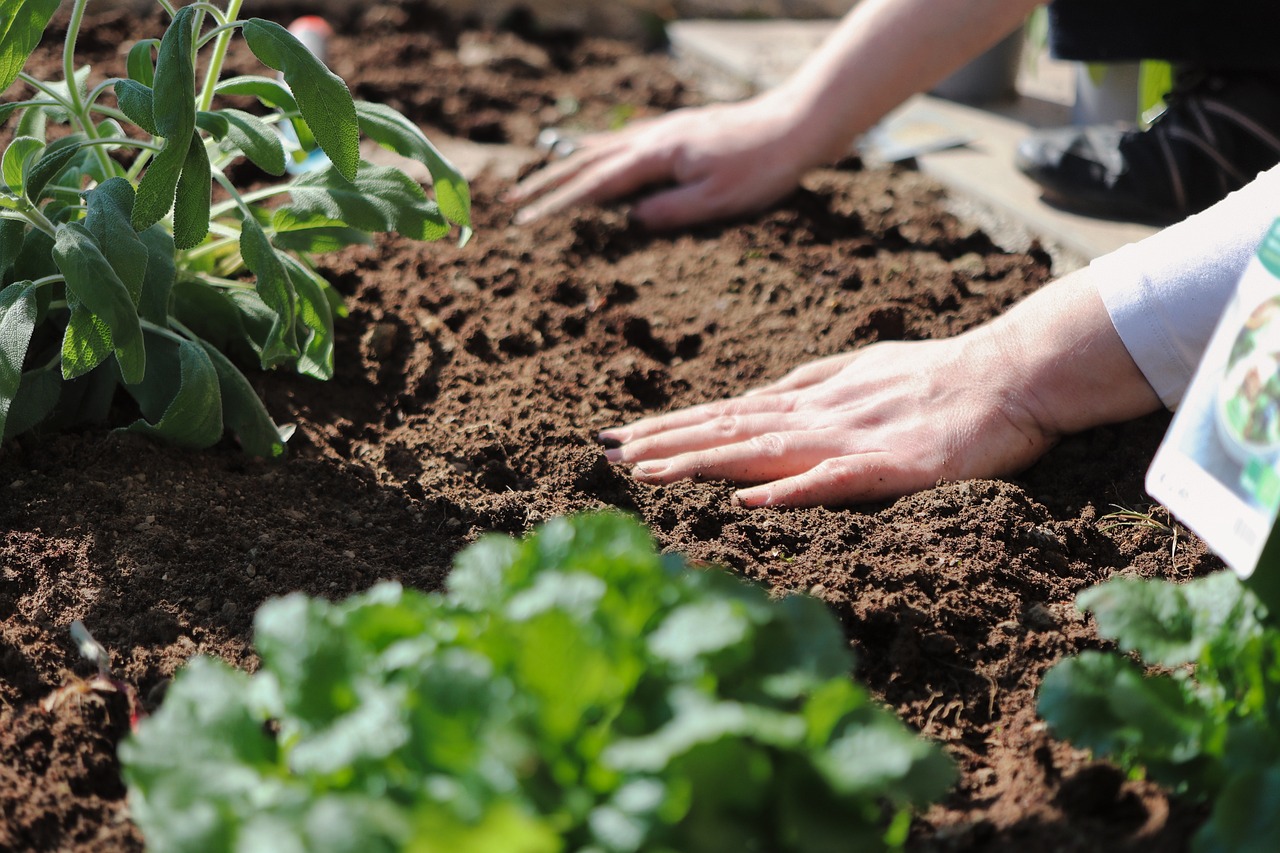Smart greenhouses are revolutionizing agriculture by making crop production more efficient, predictable, and sustainable. If you’re curious about how commercial smart greenhouses work and what it takes to run one successfully, this guide breaks down the basics, key strategies, and common challenges you need to know.
What Is a Commercial Smart Greenhouse?
A commercial smart greenhouse uses advanced technology to control the growing environment automatically. It constantly adjusts temperature, humidity, and light to keep crops growing in the best possible conditions year-round. In colder months, heating and supplemental lighting support steady growth. During hot seasons, automated ventilation and shading prevent heat stress, helping crops thrive without constant manual oversight.

Key Components of a Smart Greenhouse System
Smart greenhouses rely on four main components:
Automated Climate Control: Sensors measure temperature, humidity, and carbon dioxide levels. When conditions drift from ideal, systems activate fans, heaters, or misters to restore balance. Large vegetable farms have successfully used such systems to run fully automated operations without needing round-the-clock human presence.
Precision Irrigation and Fertilization: Water and nutrients are delivered using drip or micro-spray irrigation combined with smart water-fertilizer integration. This allows precise adjustments based on real-time plant needs. Tomato farms using these systems have reduced water and fertilizer use while boosting yields.
Environmental Monitoring Devices: Sensors constantly track the greenhouse environment to quickly identify potential issues. For example, measuring carbon dioxide levels helps reduce pests and diseases, resulting in higher-quality crops.
Data Management Platforms: Cloud-based software collects and analyzes data to guide better planting decisions. Farms growing strawberries use this information to optimize plant spacing and improve both yield and fruit quality.
How to Get Started with Commercial Smart Greenhouses
Launching a smart greenhouse requires careful planning:
Market Research and Site Selection: Understand consumer demand and select crops accordingly. Proximity to urban markets improves logistics and sales. Many farms near cities enjoy smoother product distribution and quicker turnover.
Design and Construction: Choose greenhouse structures suited to local climates. In rainy southern areas, glass greenhouses maximize sunlight. Northern cold regions focus on insulation. Some farms combine double-layer films with automated ventilation to extend growing seasons significantly.
Equipment Procurement and Installation: Select reliable brands with proven track records. Brands like Chengfei Greenhouse provide stable automation equipment favored by many large agricultural businesses. Installation must ensure smooth coordination of all devices to minimize malfunctions.
Training Staff: Operators need to learn how to use automation systems and analyze data effectively. Agricultural technology companies regularly conduct training sessions to build technical skills.
Trial Operations and Optimization: Start small to collect data and adjust settings. Fine-tuning temperature and humidity control can notably enhance crop sweetness and overall production.

Best Practices for Managing Smart Greenhouses
Precise Environment Control: Controlling humidity and temperature reduces pest outbreaks and improves plant health. Flower growers have reported dramatic decreases in disease with tighter environmental management.
Data-Driven Decisions: Using data to schedule irrigation and fertilization shortens growth cycles and increases output. Organic vegetable growers have seen a significant rise in productivity through these methods.
Energy Efficiency: Incorporating solar panels and heat recovery systems cuts down on energy costs. Some large greenhouses save tens of thousands of dollars annually by adopting renewable energy.
Crop Diversification: Rotating different plants ensures steady income throughout the year and adapts to market trends. Growing strawberries, tomatoes, and peppers in sequence creates balanced revenue streams.
Building Sales Channels: Partnering with e-commerce platforms and local community groups enables quick delivery of fresh produce, stabilizing orders and increasing profits.
Challenges and How to Overcome Them
High Initial Investment: Phased construction or leasing equipment can ease upfront financial burdens.
Technical Complexity: Hiring expert teams and collaborating with universities ensures smooth operation and technical support.
Market Fluctuations: Long-term contracts and diversified sales reduce risks related to price changes.
Environmental Risks: Smart alert systems monitor weather and trigger automatic adjustments to protect crops from extreme conditions.
Chengfei Greenhouse’s automation technology is widely recognized for its reliability and has been successfully deployed in many commercial projects. Such advanced solutions are driving the future of farming, helping growers achieve higher yields, better quality, and sustainable production.
Popular Search Keywords
commercial smart greenhouse, smart greenhouse farming, automated greenhouse system, precision agriculture, smart irrigation, energy-efficient greenhouse, smart farm management, greenhouse data analytics, agtech solutions
Welcome to have a further discussion with us.
Email:Lark@cfgreenhouse.com
Phone:+86 19130604657
Post time: Jul-12-2025







 Click to Chat
Click to Chat